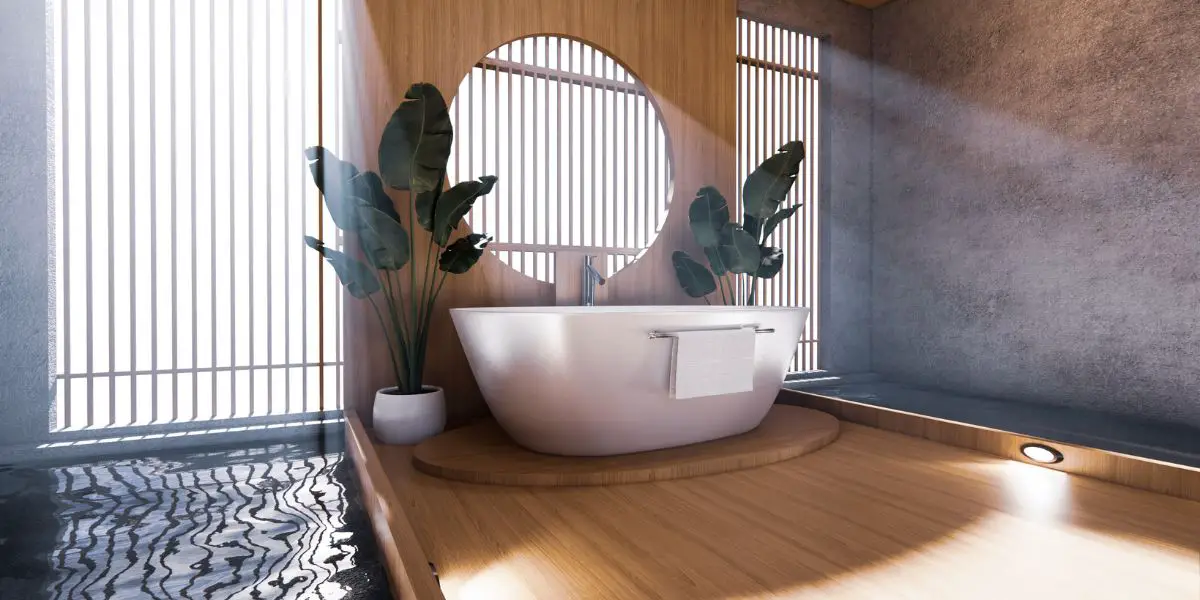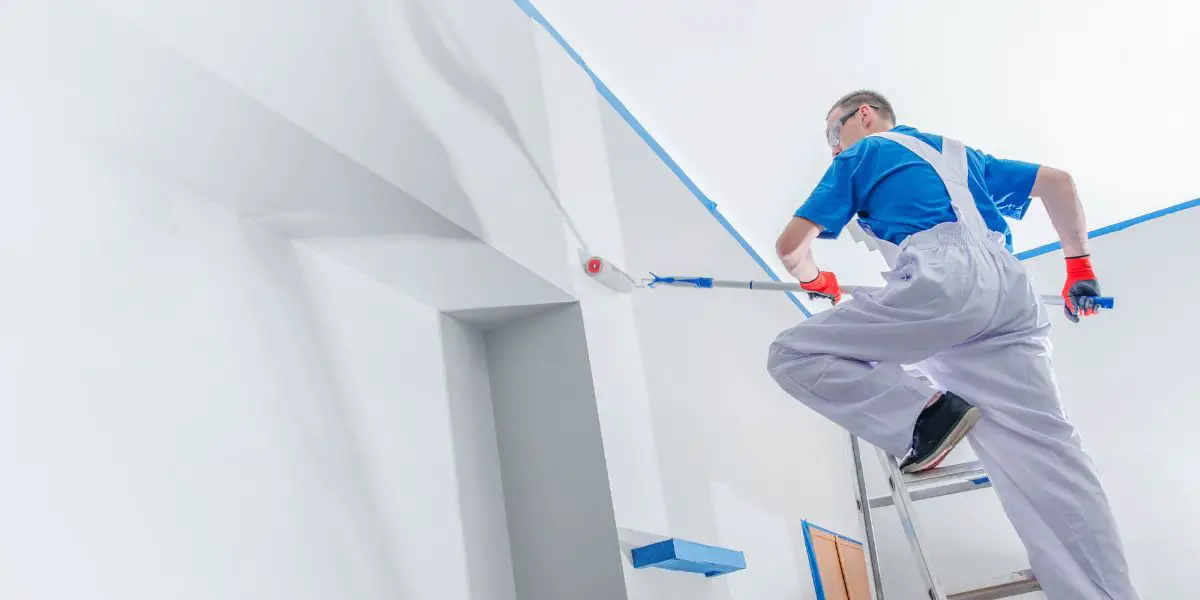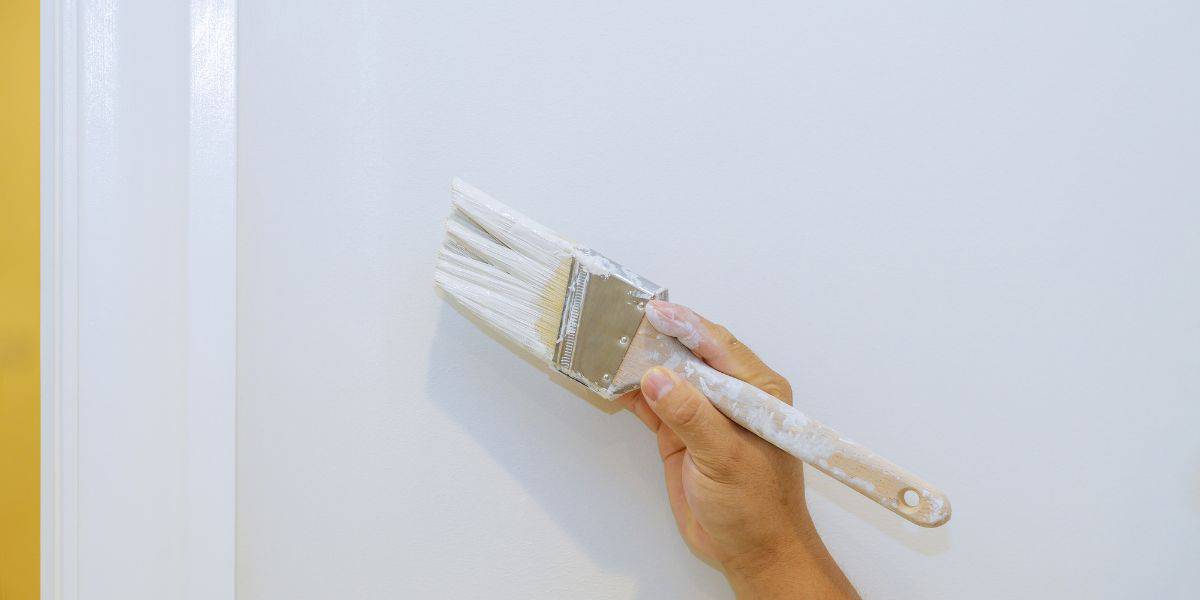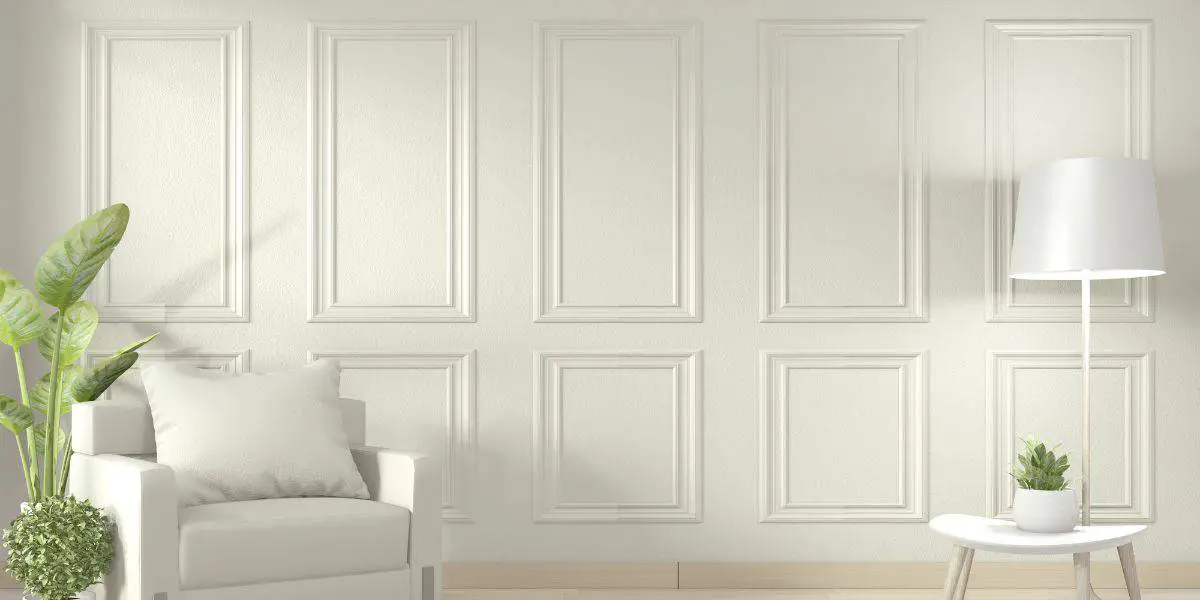Like with every item out there, it gets worn down after time. With tubs you’ll begin to see cracks or it’s leaking or just plain tired looking. In that situation, it would be a good idea to go out and get a new tub. But then comes the question: can I install a bathtub myself?
To install a bathtub yourself you’ll need to:
- Pull the drain from the tub
- Disconnect the drain
- Disconnect the waste-and-overflow
- Remove the tub spout and surrounding tile
- Pry the tub up off the ground
- And lift the tub on its side with the help of someone else before removing it
For further details on the actions and some considerations to make for the right tub for you, read below.
Table of contents
Tub Considerations
Before getting to the question of “can I install a bathtub myself?”, the first thing to consider is what your new tub should be. The bathtub industry has changed a lot over the years as people generally replace their tubs after 15 or 20 years – assuming that the previous tub was a quality tub.
To ensure you won’t have to worry about replacing the tub anytime soon, below are several considerations to be making about the various kinds of tubs out there.
- Generally speaking, standard tubs will often be found in white, biscuit and cream. These are your average class tubs. Higher class ones are more colourful. These will be the black, pastel blue, or even pink. Their pricing points will be on the higher to midrange scale.
- Tubs have also been able to come in different shapes and sizes. You may be used to their rectangular shapes but some can come in hourglass or oval interiors too. Be sure to test out every tub and get a feel for it.
- Other considerations are the rims of the tub too. Will you be able to hold toiletries there or bath toys? Do they have integrated seats?
Beyond those considerations, here are some general characteristics of the types of tubs available:
- Enameled steel – $150 to 850. Cheapest options though are known for chipping easily, low color options, and cooling water quickly.
- Enameled cast-iron – $375 to 2,200. Good color and retain heat for a while. Though they are the heaviest and will require additional structural support.
- Acrylic – $300 to 2,000. These are lightweight, fade-resistant and offer many different styles and comfort features. They’re heat insulated too. The catch is they show scratches easier than others.
- Fiberglass/plastic composite – $250 to 800. This is a budget-friendly and lightweight tub to go for. You’ll have to deal with a wood or metal framing though.
- Proprietary composite – $250 to 900. Think of these as budget cast-iron tubs. Sturdy material but still pretty heavy – despite it weighs less.
How To Remove The Old Tub
After you’ve picked out the tub, you’re then ready to remove the old tub and get it set up to put in the new one. Any handyperson can tackle this with relative ease so long as you’re okay with it taking up an afternoon or even a day.
Before starting though, make sure to measure the old tub first and assure you have enough space to remove it and get it out the door. Little things like stands and such are easy to remove but you might need to deal with a toilet or possibly a sink. You’ll need to remove those too.
Furthermore, you’ll want to protect the floor from possible fluids. Place tapped plywood onto the floor and cover it with a drop cloth. From there, follow these next steps.
- First, begin by pulling out the bathtub drain. To do this, unscrew and remove the overflow cover plate that is inside the tub. If a drain assembly is attached to it, you’ll need to remove that too. A drain assembly with a plunger is shown in that case. Also check if there is a mounting bracket as you’ll need to unscrew that too.
- Second, disconnecting the drain. Depending on the tub you might need to remove a screw a or two from the strainer before being able to get it out. Or you might need to lift out a stopper and a rocker assembly too. After that, use a strainer wrench to remove the drain flange.
- Third, disconnect the waste-and-overflow. You’ll need to get to the access panel for this which is either below the tub or behind it. From there it’s disconnecting the waste-and-overflow (WO) unit. Depending on the installation process, there may be other things you’ll need to do. For example, you might need to cut into the pipe itself if it’s ceramic plastic. Or maybe you’ll need to remove some extra screws or slip nuts. Side note: you might not even have to remove the old WO unit if it can fit with the new tub. So before removing it, measure carefully to see if it can fit.
- Fourth is removing the tub spout and tiles around it. For the wall surface it’s only about 8 inches above the tub and around the surrounding tub. You’ll need a flat pry bar or putty knife to pry off the tiles. If there is drywall, you’ll need a drywall saw. For plaster walls, get a reciprocating saw. You’ll also need tools for removing nails or screws if there are any in there. Just be sure to not cut into the studs.
- Fifth, you can pry away the tub. Remove any screws or nails that are anchoring the tub flange to studs. Next, use the utility knife to cut through the bead of caulk if there is any and then use the crowbar to pry the tub about an inch or two away from the back wall.
- Finally you can lift and slide the tub out, though not with your hands alone. Pry one end of the tub with a crowbar followed by the 2x4s. You’ll also need someone else to help you with lifting the tub upright and sliding it out from that point.
How To Install A New Tub
With the old tub removed, you’re ready to install the new one. Follow the steps below for more details:
- First check the drain. The manufacturer’s manual will provide details on the correct location for drainpipes to be in with your tub. This is also where you’ll be putting in a new waste-and-overflow unit and decide how to connect it to the drain line if the old one was thrown out. From there it’s a matter of screwing ledger boards to the studs at the height recommended in the manual. Ideally, finish flooring material should run under the tub.
- Second is installing dry fit tubes. With the tub on its side, dry-fit the overflow tub and the shoe. Make any cuts you need before making permanent connections. Place the gasket on the overflow flange, position it behind the overflow hole and put the linkage in.
- Adding the overflow trim is next. It’s as simple as screwing the trim over the overflow flange. Hand tighten the screws first before tightening them with a screwdriver.
- Next, put in the shoe tub. Place this into the opening of the overflow tube. The end should get into the drain hole.
- After that is the flange that needs to be screwed in. Place some plumber’s putty under the strainer or drain flange. Hold the shoe with one hand while screwing the flange and then tighten it with a strainer wrench. You’ll have to clean the putty out after that with a plastic putty knife.
- Tilt in the tub. Before slipping it in, plan the move so you avoid damaging anything. One approach is using the 2x4s to serve as a rest as you’re tilting it down. Also having another pair of hands helping will help significantly. Once it’s down, slide it into the opening gently and lower it into place. You’ll also need to remove every protective material out from under the tub at this point.
- Next is checking for level. A level tub means that it’ll be able to drain properly. Follow manufacturer’s directions to attach the tub to the studs. If the tub is acrylic, you’ll probably need to nail or screw through the flange to do this. For metal ones, you’ll need to drive nails just above the flange.
- Next is connecting the WO piece into place. This is a matter of getting the tailpiece to connect to the drain line. You can also test for leaks by closing the stopper and filling the tub. After that, open the stopper and watch and feel for any sign of wetness.
- Lastly is putting the tiles back into place. Make sure to put in tiles that fir of course. My suggestion is getting strips of cement backerboard which is more moisture resistant. Also, allow the adhesive to set for a day and apply grout to get tiles to fit. Also apply silicone or tub-and-tile caulk in spots where the tiles are meeting the tub.




